What Are Ambient Air Vaporizers and How Do They Work?
Ambient air vaporizers utilize heat from the surrounding air to efficiently convert liquefied gases into their gaseous state, eliminating the need for external power sources. These vaporizers consist of multiple finned tubes arranged in series or parallel, allowing for effective heat exchange. They are widely used in various industries for vaporizing cryogenic gases, including oxygen (O₂), nitrogen (N₂), argon (Ar), carbon dioxide (CO₂), methane (CH₄), ethylene (C₂H₄), and liquefied natural gas (LNG).
Custom-Engineered Ambient Vaporizers
DSW designs and manufactures ambient air vaporizers tailored to meet specific operational requirements. Our vaporizers are custom-sized based on gas type, flow rate, ambient conditions, and desired outlet temperature to ensure optimal performance. With robust construction and innovative heat exchange technology, our vaporizers prevent low-temperature gas from entering product pipelines, improving safety and efficiency in gas distribution systems.
Applications
Ambient air vaporizers vaporize cryogenic liquids such as LNG, nitrogen, oxygen, argon, and ethylene. Unlike industrial boilers that generate heat through combustion, ambient vaporizers rely solely on natural convection, making them an energy-efficient solution for gasification processes. They also allow liquid or gas heat to pass to a second fluid. The two fluids do not come into direct contact with each other. Vaporizers generally work to heat or cool buildings or help engines and machines work more efficiently. They do not build up higher pressure and are commonly used for low-pressure heat transfer. Their applications include:
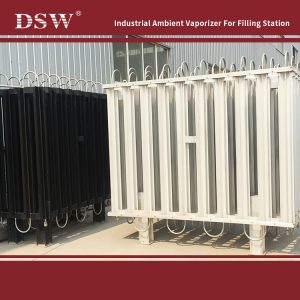
Available ambient air vaporizers:
- Gas supply systems for industrial plants and medical facilities
- LNG regasification for fueling stations and energy applications
- Cryogenic storage facilities requiring controlled gas vaporization
- Pipeline and process gas applications where reliable gas flow is critical
Types of Ambient Vaporizers
Ambient air vaporizers are essential components in cryogenic gas systems. They enable the conversion of liquefied gases into their gaseous state by utilizing heat from the surrounding air. These vaporizers eliminate the need for external power sources, making them an energy-efficient solution for various industrial applications. Different ambient air vaporizers are available, each designed to meet specific operational requirements.DSW offers various types of ambient air vaporizers to suit different operational needs:
1. Natural Draft Vaporizers
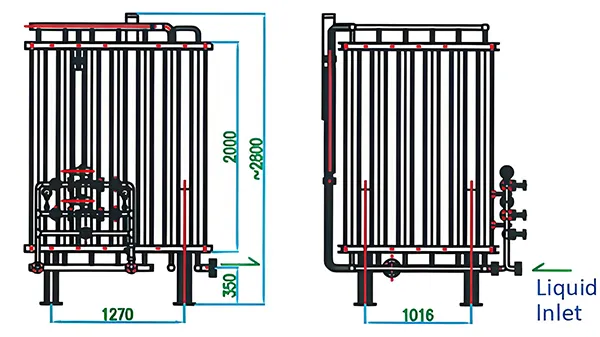
Natural draft vaporizers use natural convection, allowing ambient air to circulate through finned aluminum tubes to facilitate heat transfer. These vaporizers are widely used for their simplicity, reliability, and cost-effectiveness. They are ideal for applications requiring continuous and stable gas flow without external energy input.
2. Fan-Assisted Vaporizers
Fan-assisted vaporizers enhance the heat transfer by using forced airflow over the heat exchange surfaces. This accelerates the vaporization rate, making them suitable for applications requiring higher gas flow rates or operation in colder climates.
3. Pressure-Building Vaporizers
Pressure-building vaporizers are designed to maintain or increase the pressure inside cryogenic storage tanks. These vaporizers are crucial for ensuring a stable gas supply, especially in systems where maintaining consistent pressure is necessary for proper operation.
Product Vaporizers: These are designed for continuous gas supply and are available in low- and high-pressure configurations.
Each vaporizer system is engineered to meet stringent industry standards, ensuring high efficiency, minimal maintenance, and extended service life.
Ambient Air Vaporizers are custom-sized to meet customer flow requirements based on gas type (O2, N2, AR, CO2, CO3, CH4, C2H4, etc.), duty time requirement, ambient conditions, and desired gas temperature downstream from vaporizer(s).
Typical Construction of Ambient Air Vaporizers
Unlike electrically powered or steam-heated vaporizers, ambient air vaporizers operate passively, making them highly energy-efficient and cost-effective. Their construction is crucial in ensuring efficient heat exchange and reliable operation.
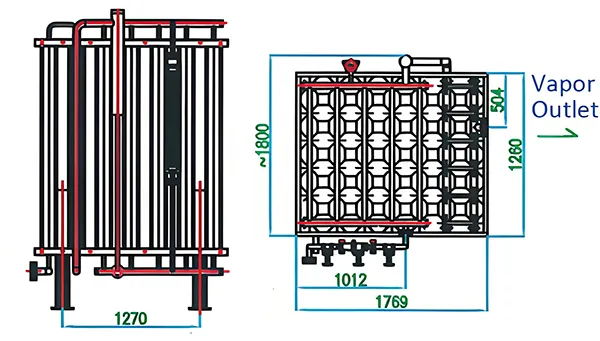
Structural Components
The construction of an ambient air vaporizer typically consists of the following key components:
1. Heat Exchange Tubes
2. Finned Structure
3. Support Frame and Structure
4. Manifold and Piping System
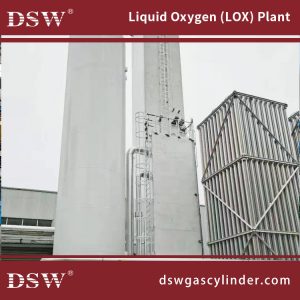
Applications
- Industrial gas supply (oxygen, nitrogen, argon, CO₂)
- LNG regasification
- Hydrogen fueling stations
- Aerospace and medical applications
Industrial ambient vaporizer
A wide range of cryogenic industrial ambient vaporizers is available in the industry. To pick the best vaporizer system, one must understand how each works. The key benefits of using a cryogenic vaporizer can provide various benefits. It eradicates the re-condensation of vapor in the supply lines, which may create dangerous situations. Moreover, it eliminates the ‘freeze-ups’ of tanks, resulting in production delays or losses. Even heavy end accumulations can be prevented. It helps to decrease overall costs and even delivery frequency. Besides, a vaporizer also increases the entire system’s capacity.
Thus, vaporizers have many benefits; their significance is undeniable.

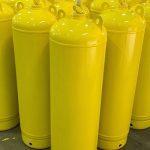
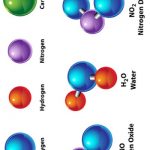
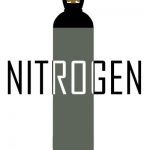
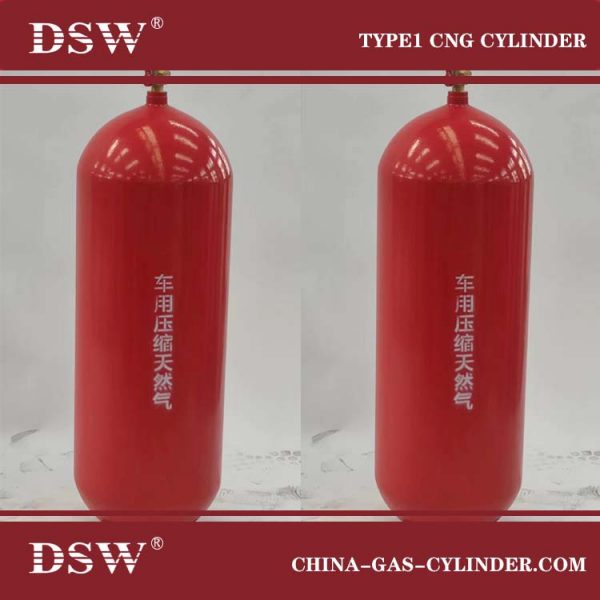
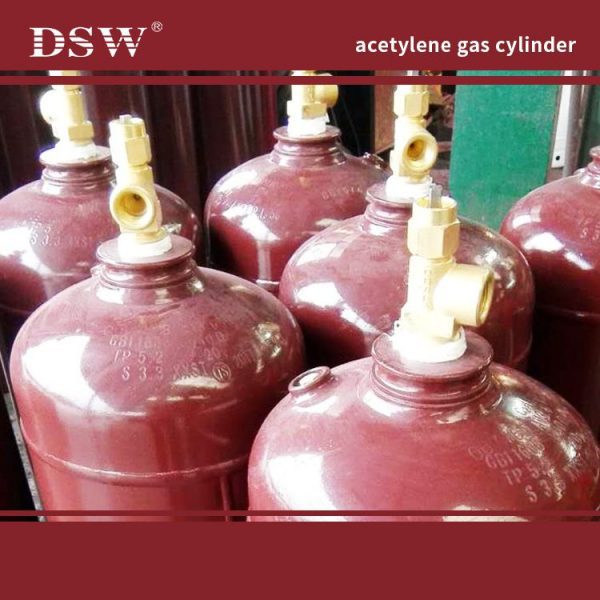

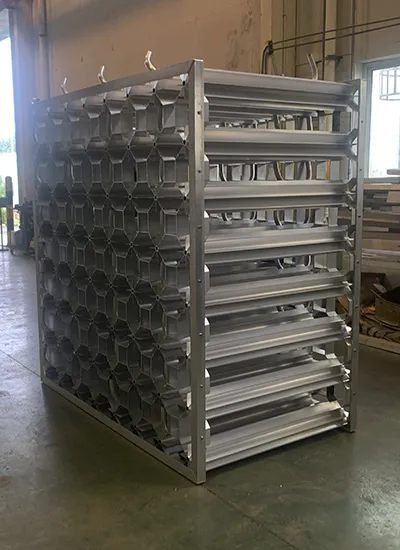
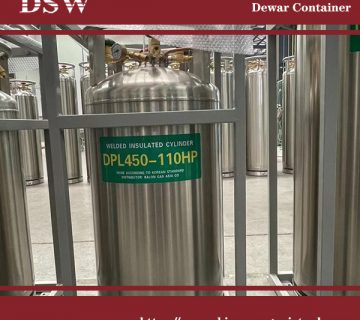
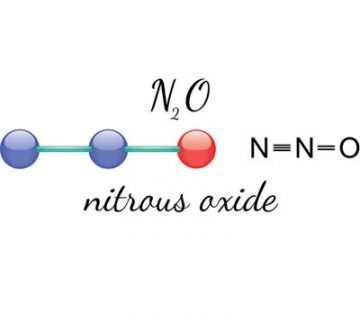
No comment